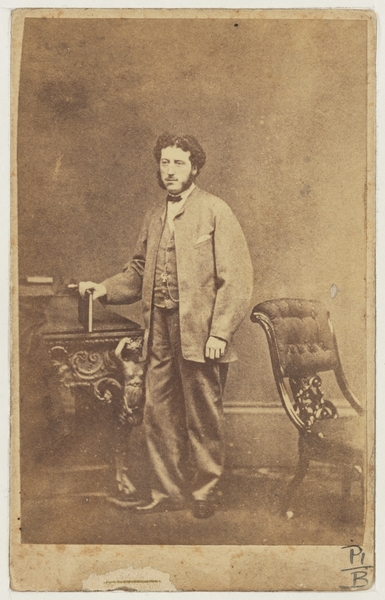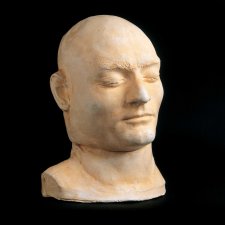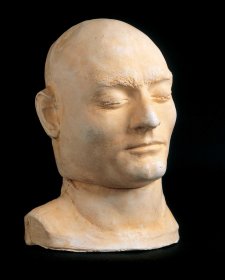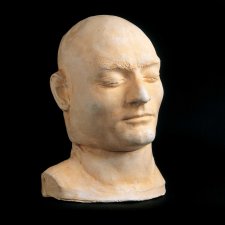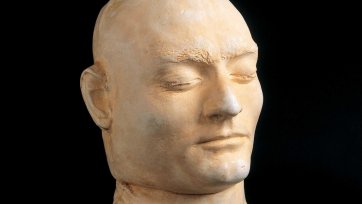The matter of the somewhat ignoble death of Sydney bank teller Henry Kinder in early October 1865 caused more than the usual ripples of sensation in the newspapers. It was disturbing enough that an otherwise mundane and respectable 35-year-old father of two should commit suicide by way of a gunshot to the temple, but that he should choose to end his life in front of his wife and two friends made the matter even more shockingly newsworthy. At the inquest, conducted in the north shore pub that had been his local, Kinder’s wife Maria testified to her husband’s money troubles, drinking, and threats to end it all; and his acquaintance Henry Louis Bertrand told of Kinder’s 'morose humour', jealousy and drunken rages. The jury was thus content to conclude that Kinder had taken his own life while in a state of temporary (i.e. booze-induced) insanity. In so doing, however, they fell well short of the mark. Two months later, Maria Kinder, Henry Bertrand and Bertrand’s wife Jane (another witness to the 'suicide') were in court, suspected of a murder 'more atrocious, more unreal, and more disgusting in its horrible details than any before recorded in the annals of crime.' The salacious and sordid details of Kinder’s death came out, transfixing Sydneysiders and non-locals alike with news of a case combining murder with seduction, mesmerism, blackmail and poisoning.
It was then that the papers truly had a field day, regaling readers with the news that Bertrand, a dentist, had been having an affair with Maria Kinder for months, and that he had fiendishly proceeded to befriend his lover’s husband while simultaneously conceiving of a plan to bump him off. Henry Kinder’s so-called suicide, it goes without saying, represented the carrying into effect of the scheme, Bertrand shooting Kinder and, when the bullet failed to do the trick, prevailing on Maria to finish him off with a lethal mix of belladonna and milk. 'Thus perish my enemies', Bertrand wrote. Among the claims made during the committal hearing were that Bertrand had used hypnotism to bring Maria 'within his unhallowed influence', and that Jane Bertrand ('a person of unblemished character and kindly disposition') had 'submitted to the most atrocious degradation, either through fear of her life, or to shield the unhappy wretch whom the law called her husband.' Such was the scandal attached to the case that when Henry Louis Bertrand faced court on 18 December 1865 charged with Kinder’s murder the prosecution sought to postpone proceedings. Certain publications had 'excited the public mind' so much that it was 'hopeless to expect that calm consideration which should be brought to bear upon an investigation of this kind'. The presiding judge agreed, and Bertrand was bound over to appear again two months later, temporarily denying a scandal-hungry public any further juicy titbits about the murderous 'Mad Dentist of Wynyard Square.'
